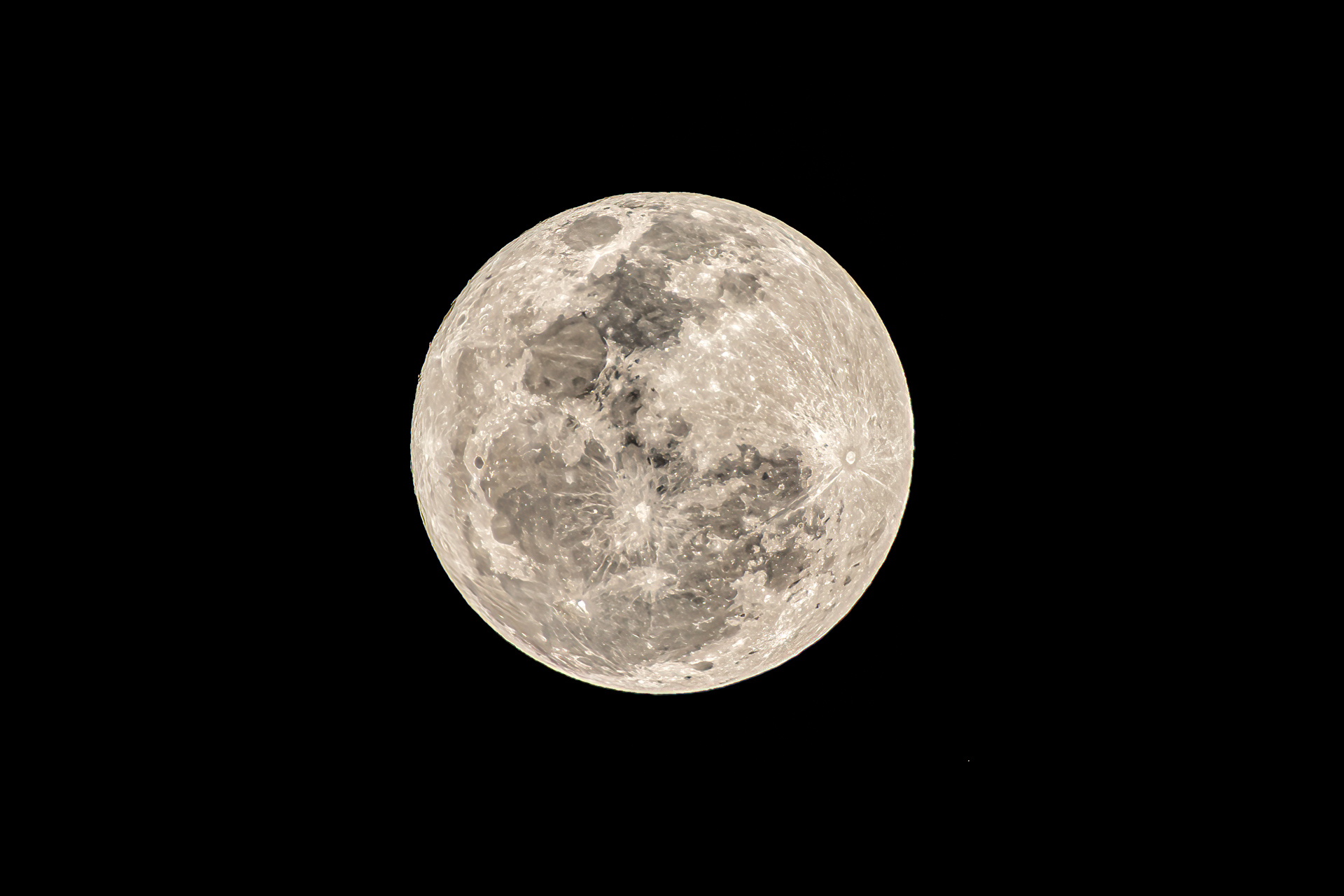
In the early mornings, a fog has been hugging the trees of the escarpment. This is thanks to the nightly rains which leave residual moisture to gather until it is slowly burnt off by the sun. Once you go below the blanket of mist, a tapestry of sun-drenched plains is revealed. This week, we also experienced a beautiful full moon. Because their night vision is improved thanks to the moon's bright light, animals become more active — and more successful.
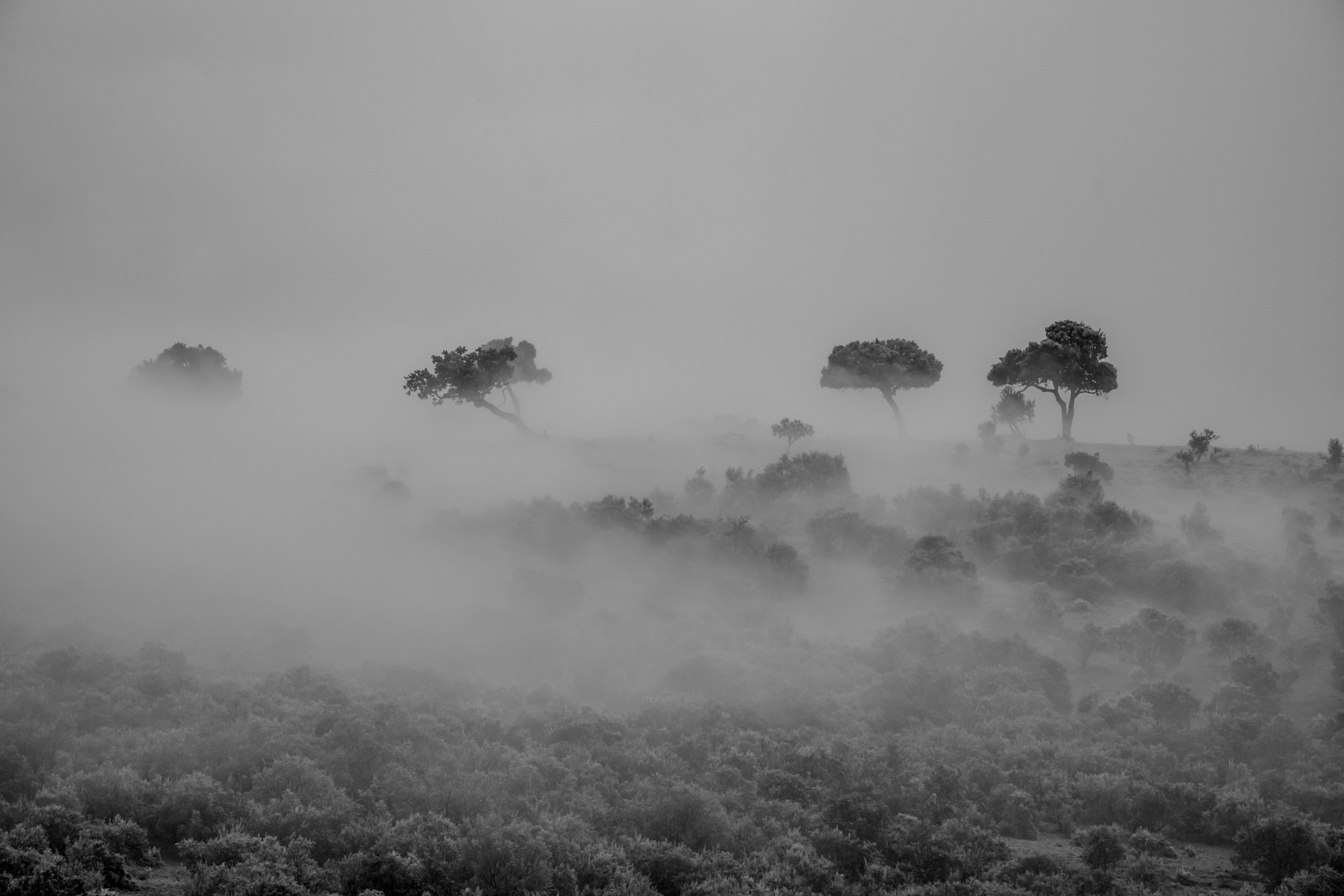
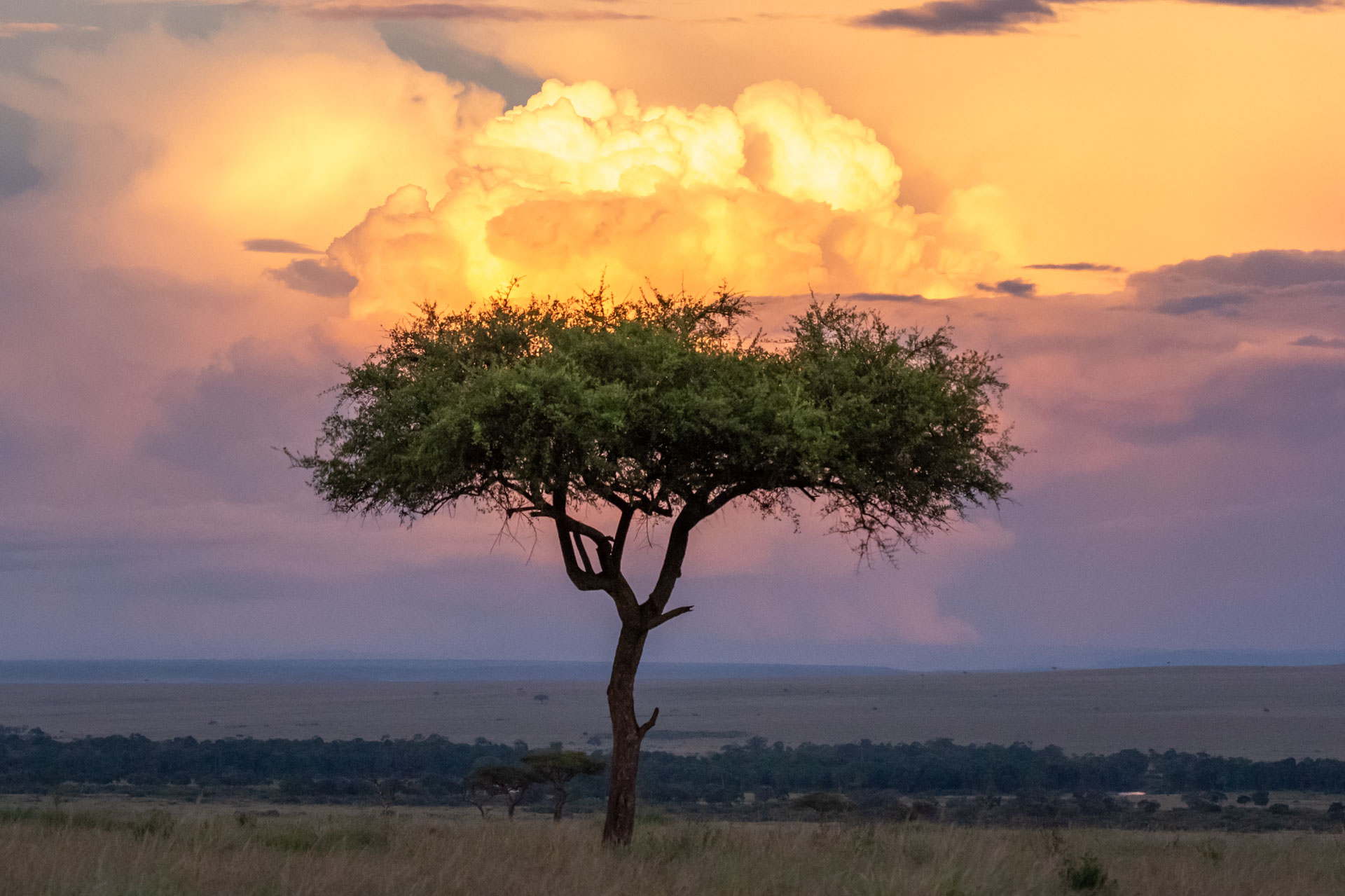
Cheetahs are capable swimmers but generally avoid water because of predators such as crocodiles. They must also consider the strong currents of the Mara River, which have been serious after all the rain we have received here in the Mara Triangle and further upstream, which is why we were incredibly surprised to see Ruka meticulously scanning the River near the main crossing point in a place called Vumbi Vumbi. He slowly came out of the bushes and began walking along the bank, which is quite rare behaviour for cheetahs who prefer open plains. After a few hours, he decided to turn back and walked away.
The next day, we got reliable information that Ruka eventually crossed the Greater Reserve. Who knows when we will see him next in the Triangle and more importantly, what this means for his brother, Rafiki. Typically inseparable, we're unsure of his whereabouts and his well-being.
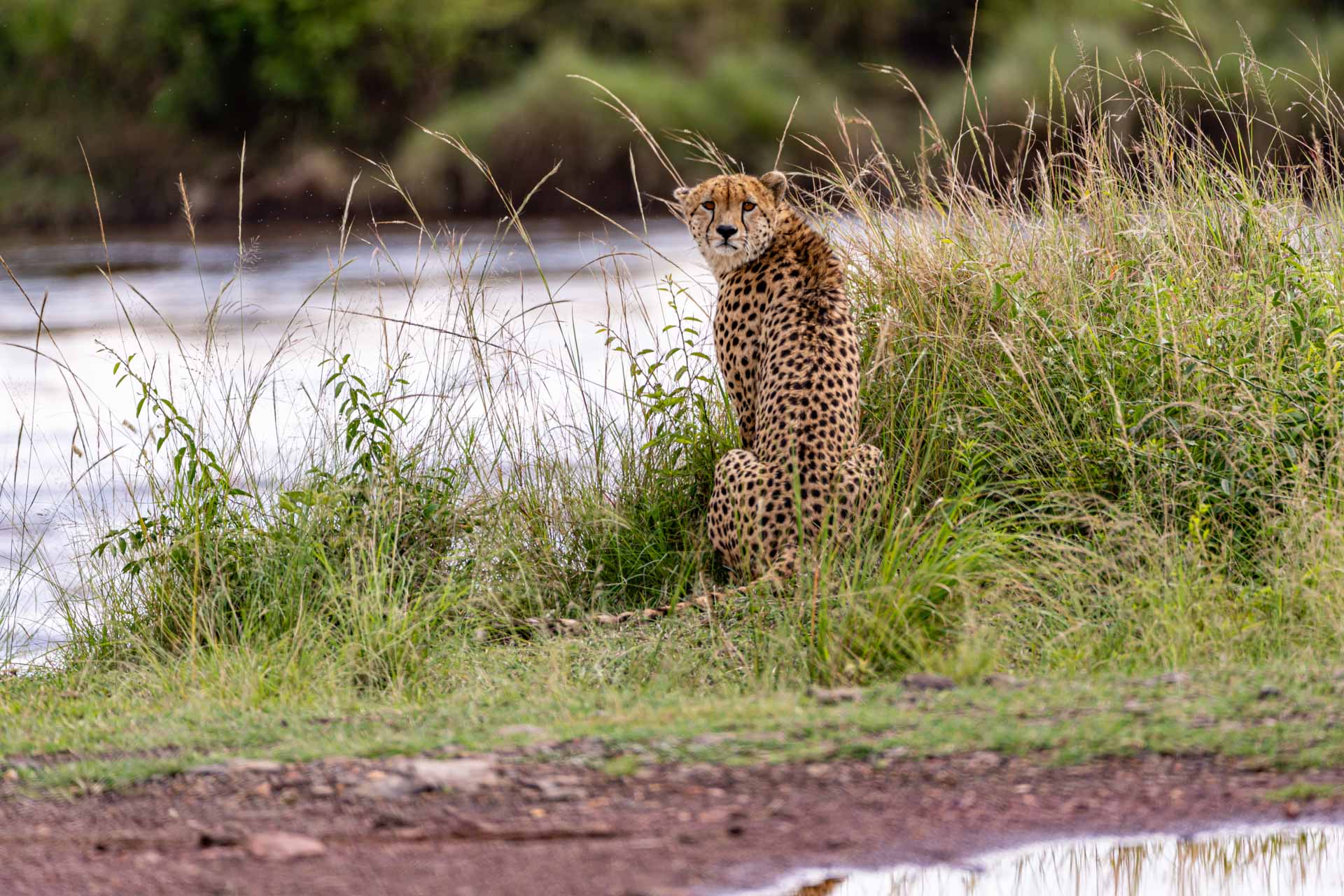

The Angama lioness has given us amazing sightings lately, particularly as she makes her home just down the Escarpment from us. Likely due to the trauma of losing several cubs last year, she keeps her new litter well hidden in a ravine unique to the area. Among the many skills she has developed in becoming a super-mom, she has learnt to climb trees as the acacias and desert dates have become key vantage points for her while hunting. We continue to root for this small pride and are ever hopeful we will see the Angama Pride fully restored.
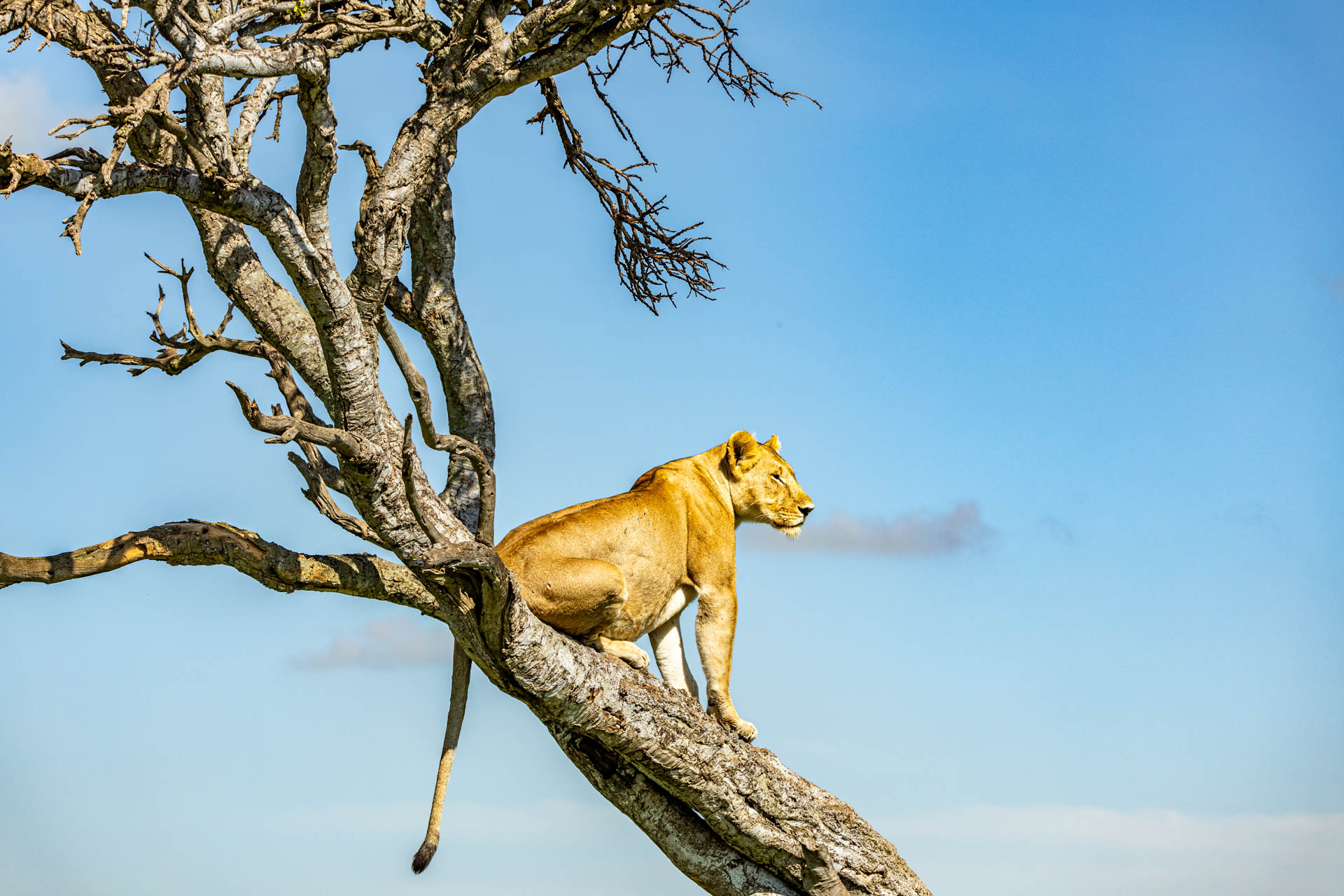
Guide Wilson spotted several members of the Serena Pride not far from the main road on an evening drive. These lions have proven themselves to be successful hunters, which is necessary because there are so many of them. To feed a pride this size, they have learnt to hunt the most dangerous prey — buffalo. With young members needing enormous amounts of energy to sustain themselves and grow, the Pride has learned to adapt and thrive in this difficult environment, perhaps even hunting this buffalo in the full moonlight.

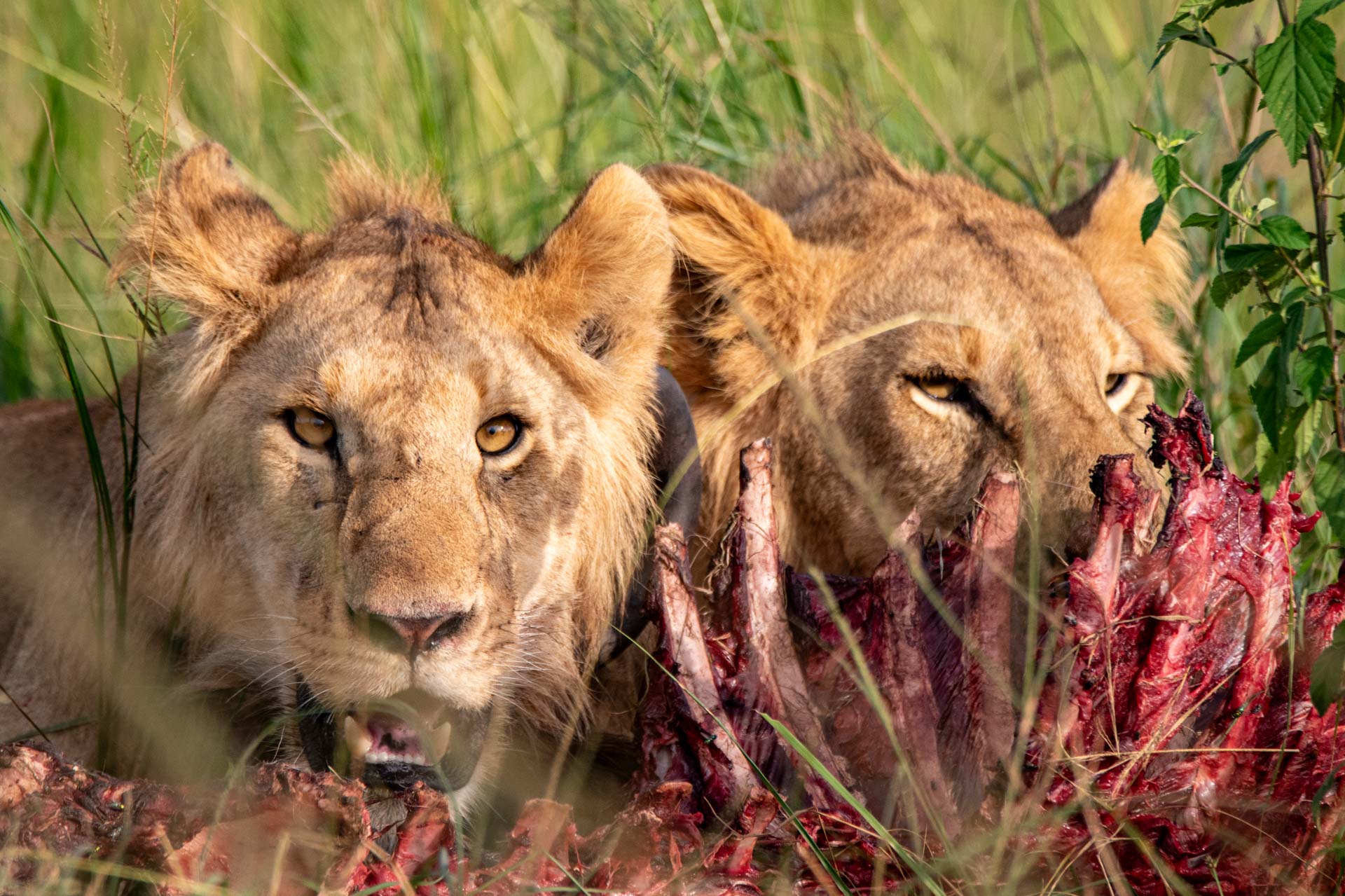
There are several kinds of starlings here in the Mara, and one of these iridescent birds is the greater blue-eared starling. Aside from the blue and green glossy sheen, one of the most distinguishing characteristics is the bright yellow eyes. As we were meandering through the Triangle, we stopped to notice a male, a female and a juvenile in the same frame. You can clearly see that the juvenile still has black eyes and a yellow rim around the mouth, while the male is slightly larger than the female. –Andrew Andrawes
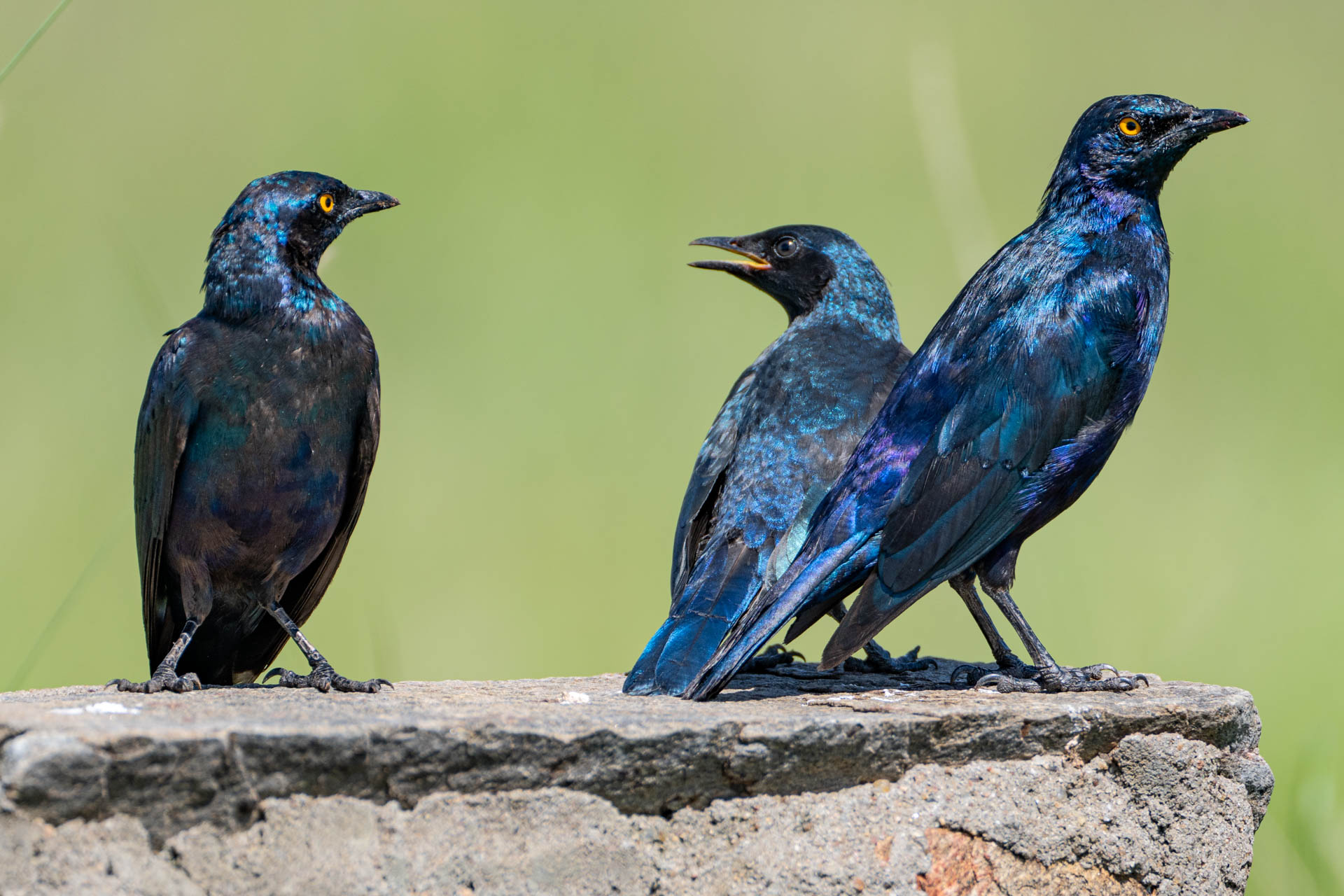
At around 06h30, the sun peeks over the horizon in Kimana Sanctuary, silhouetting the abundant acacia trees that are prevalent in this habitat. Mount Kilimanjaro, affectionately known as 'Kili', has been shy for the past two days, hidden behind overcast skies that have brought cooler temperatures to the area. Scores of zebras, wildebeest, impalas, and gazelles can be seen in the open, making their way from the Acacia tortilis woodland area towards the riverine regions early in the morning. For avid photographers, this is a perfect opportunity to experiment with backlight photography, as the animals are beautifully silhouetted against the golden hues of the morning sunrise.
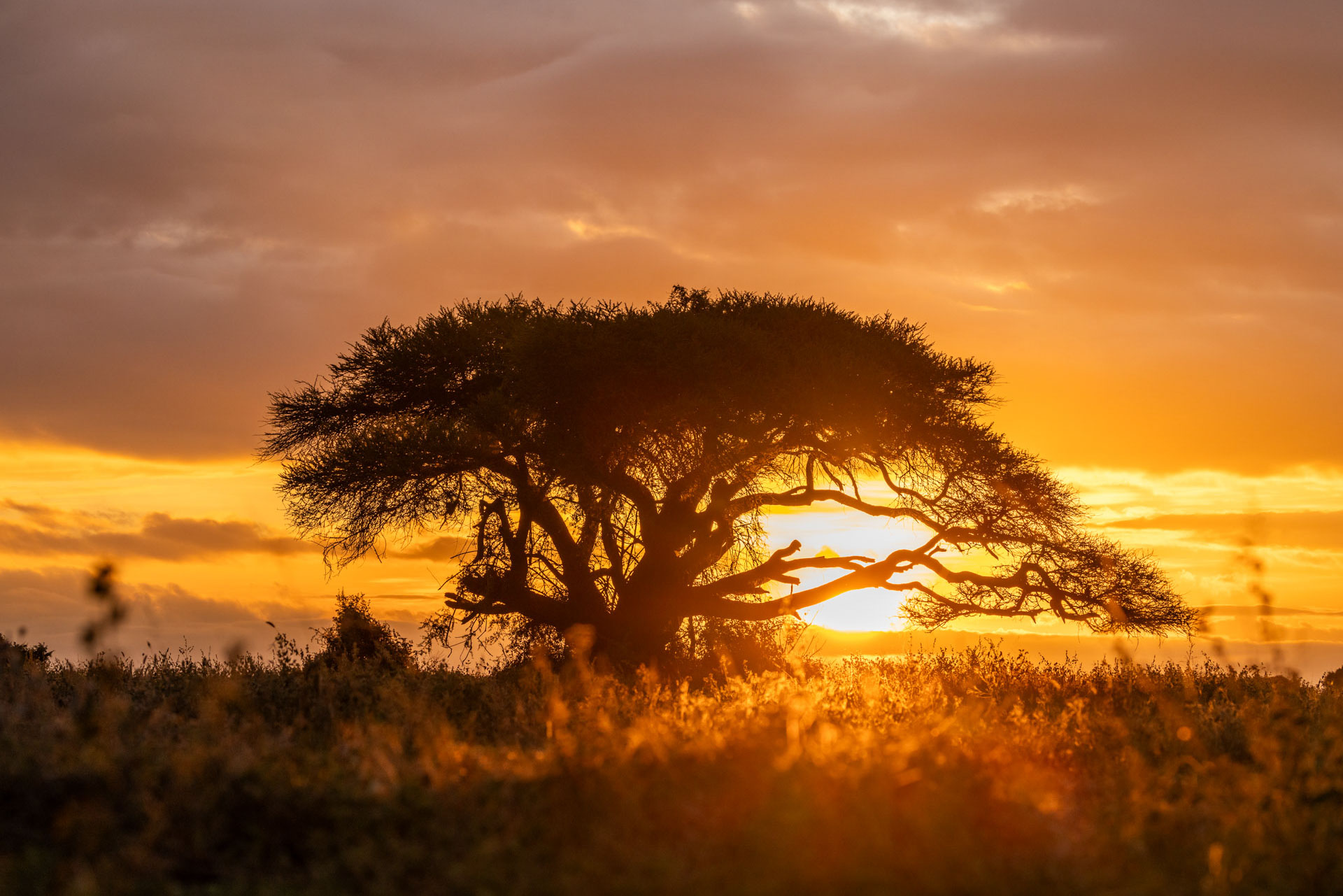
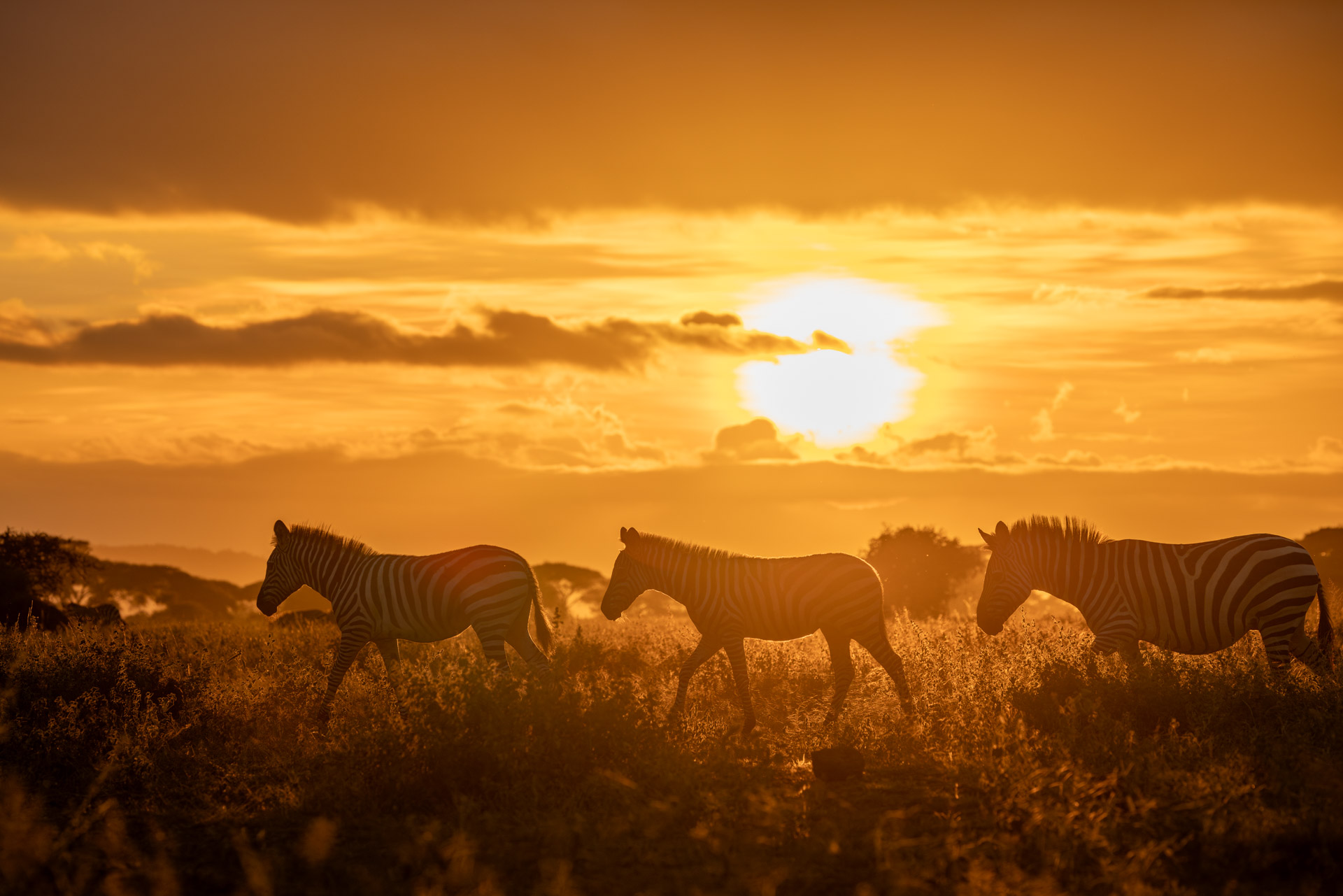
As one enjoys the sights, the sounds are equally enchanting, with birdsong proliferating the African savannah. Sitting and soaking in the morning sun, I couldn't help but hear the tree next to me alive with the calls of wattled starling chicks relentlessly calling out to their parents for food. The breeding of these omnivorous birds is closely tied to an abundant supply of insects, mainly locusts and grasshoppers, which is why they are often referred to as ‘locust birds’.

As we continued with our morning drive in the Sanctuary, we came across two young giraffe calves exercising their young muscles. Running around trying to keep up with the adults while having a bit of fun, their movements added lively energy to the savannah, showing their naturally playful behaviour, which is important to their development.

The African jacana is a fascinating bird species known for its unique breeding behaviour. Jacanas exhibit a rare mating system called polyandry, where one female mates with multiple males. The female lays eggs in the nests of several males, and each male takes responsibility for the eggs and then the chicks. Females lay four to six eggs, and the males must incubate them for 22-28 days and continue to guide and protect them until they are independent. As you can see, their eggs themselves are an impressive display – a bold golden colour with black calligraphy-like swirls. – Robert Sayialel
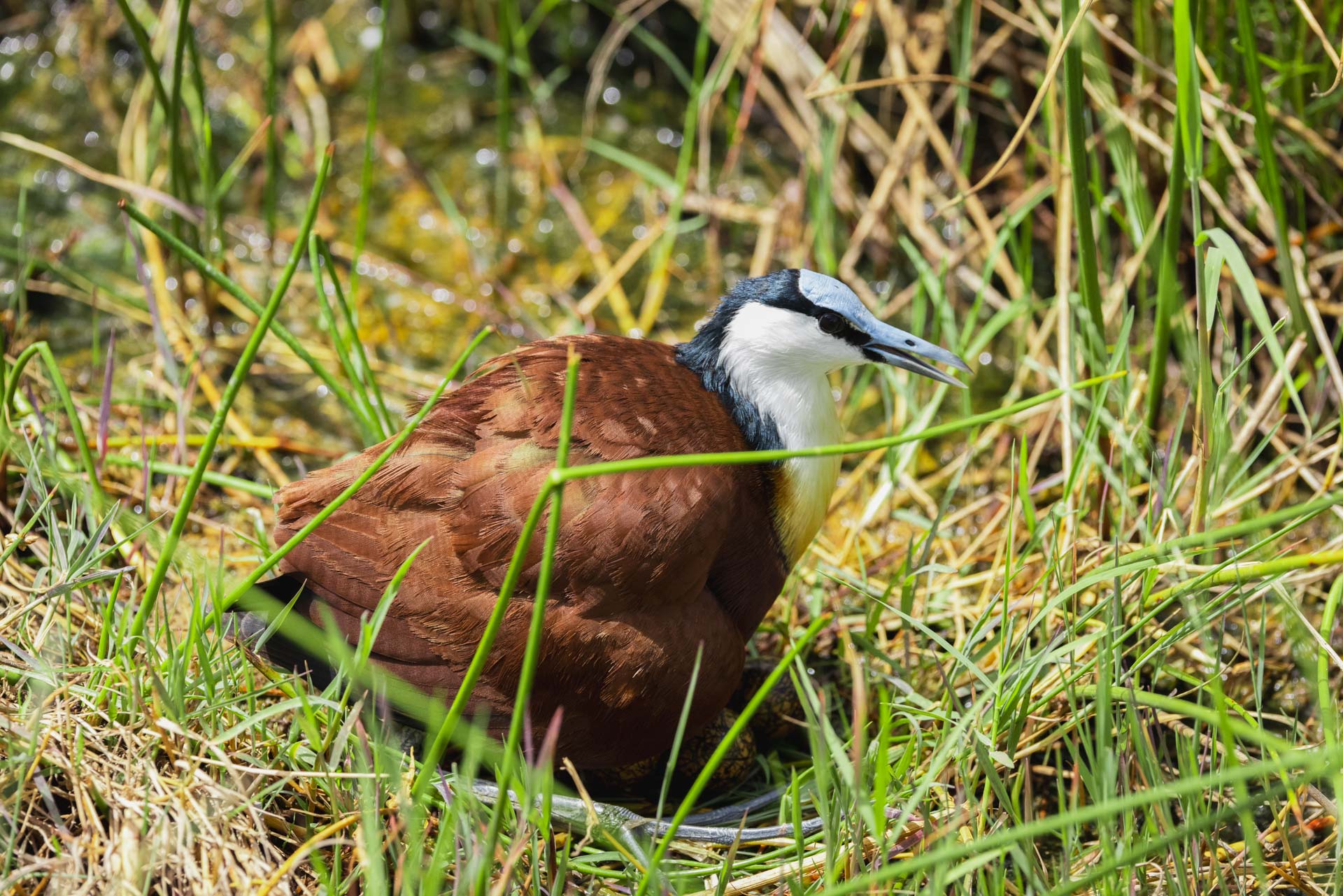

Filed under: This Week at Angama
Subscribe for Weekly Stories
Comments (0):

Angama Safari Camp